Every few years, NCWRPC updates basic demographic and economic development information in the form of County Profiles, which provide a snapshot of current economic trends and opportunities for economic growth. Included is a map of business park locations where acreage is available as well as contacts for various economic development agencies and programs.
Forest County Economic Profile 2022
Every few years, NCWRPC updates basic demographic and economic development information in the form of County Profiles, which provide a snapshot of current economic trends and opportunities for economic growth. Included is a map of business park locations where acreage is available as well as contacts for various economic development agencies and programs.
Adams County Economic Profile 2022
Every few years, NCWRPC updates basic demographic and economic development information in the form of County Profiles, which provide a snapshot of current economic trends and opportunities for economic growth. Included is a map of business park locations where acreage is available as well as contacts for various economic development agencies and programs.
Grow North Region Housing Study – 2021
Housing is a crucial component of livability and is critical for regional and local prosperity. Communities that can offer a variety of housing types that are affordable across a wide spectrum of income levels are significantly more capable of providing the conditions necessary to attract and retain residents of all life phases. Housing impacts more than just residents, as housing also impacts transportation, employment, economic development, land use patterns, and communities themselves. The connection between housing and work is a fundamental function of any transportation system, as many workers are required to travel to their jobs. This relationship between housing, employment, and transportation guides land use decisions, and fosters economic development and a sense of community within communities and the
Region.
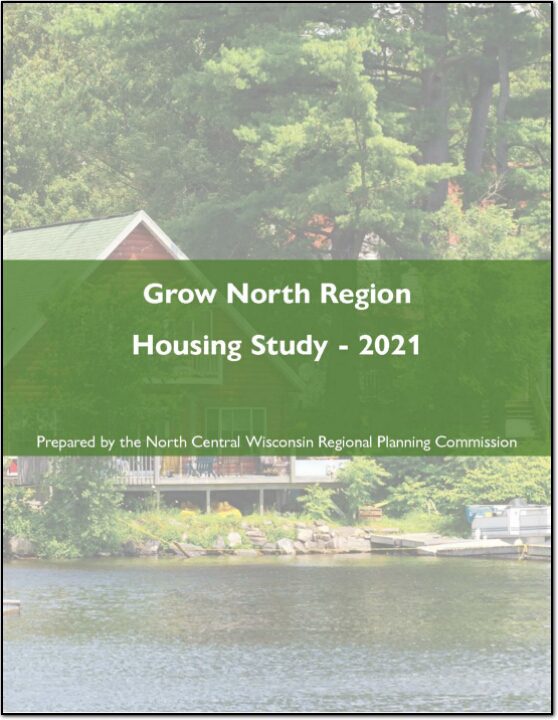
Comprehensive Economic Development Strategy 2021
The purpose of the CEDS is multifaceted. The CEDS is designed to provide baseline information on demographics and economic data, development of strategies, and identify potential projects within the Region. Preparation and adoption of the CEDS maintains both the Region’s EDD designation, but also maintains grant eligibility for those participating units of government. This CEDS process maintains the Region’s eligibility as an Economic Development District (EDD) with the U.S. Economic Development Administration. The District consists of ten counties. These counties are Adams, Forest, Juneau, Langlade, Lincoln, Marathon, Oneida, Portage, Vilas, and Wood.
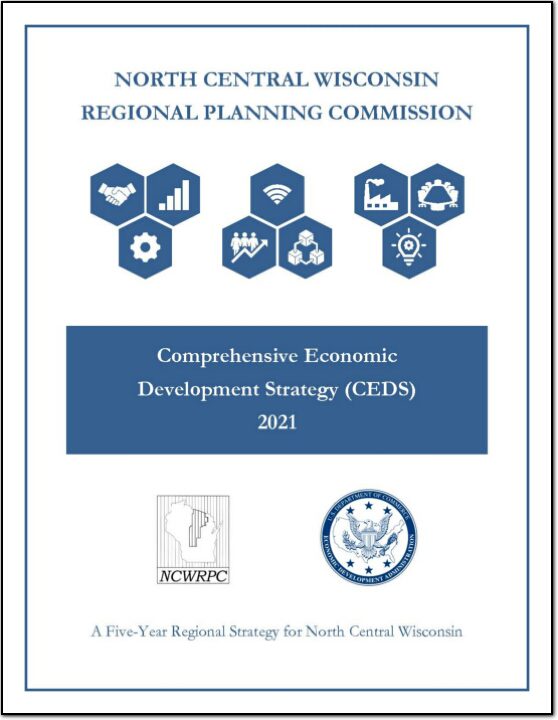
Wood County
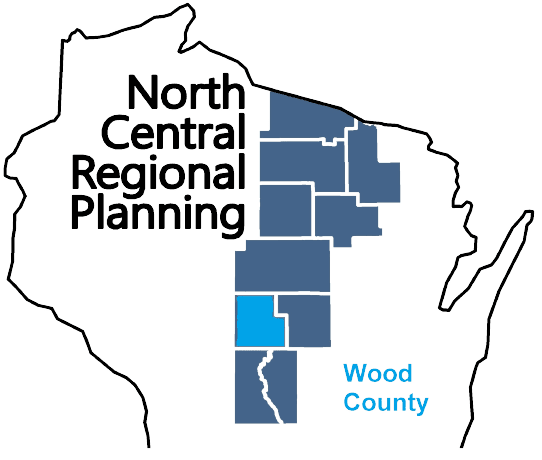
Wood County is a county located in central Wisconsin. As of the 2020 census, the population was 74,207. The county seat is Wisconsin Rapids. Wood County was created in 1856 and is named after Joseph Wood, who was a Wisconsin State Assemblyman. The county is known for its many lakes, rivers and outdoor recreational opportunities, including the Wood County Parks, the Wisconsin River and the Ice Age Trail. The county is home to the city of Wisconsin Rapids, which is the county’s largest city and the regional center for commerce, industry, healthcare, and education. The county also has several small towns and communities, including Marshfield, Nekoosa, and Port Edwards. The county has a diverse economy, with healthcare, manufacturing and service industries being the main drivers. The county is also known for its paper mills, which have been a staple industry in the area for many years.
Vilas County
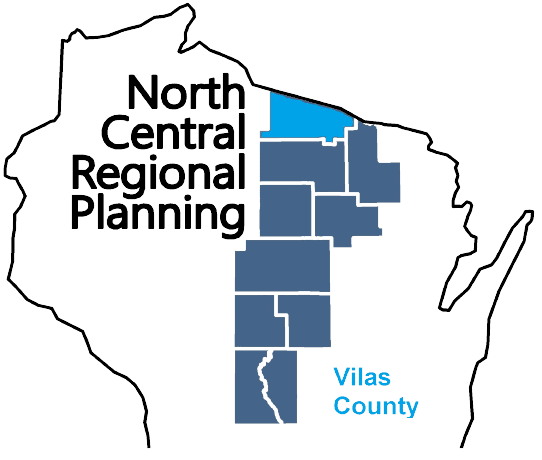
Vilas County is a county located in northern Wisconsin. As of the 2020 census, the population was 23,047. The county seat is Eagle River. Vilas County was created in 1893 and is named after William Freeman Vilas, who was a U.S. Senator from Wisconsin. The county is known for its many lakes, forests, and outdoor recreational opportunities, including the Vilas County Parks, the Eagle River Chain of Lakes and the Nicolet National Forest. The county is home to the city of Eagle River, which is the county’s largest city and the regional center for tourism and recreation. The county also has several small towns and communities, including St Germain, Conover, and Boulder Junction. The county has a strong tourism industry, with many visitors coming to the county for fishing, hunting, boating and snowmobiling.
Portage County
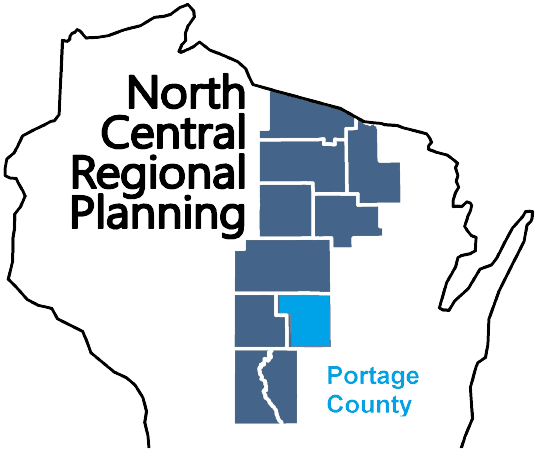
Portage County is a county located in central Wisconsin. As of the 2020 census, the population was 70,377. The county seat is Stevens Point. Portage County was created in 1839 and is named after the Fox-Wisconsin Waterway, a historic portage route used by Native Americans and European settlers. The county is known for its many lakes, rivers, and outdoor recreational opportunities, including the Tomorrow River State Trail, the Wisconsin River and the Ice Age Trail. The county is home to the city of Stevens Point, which is the county’s largest city and the regional center for commerce, industry, healthcare, and education. The county also has several small towns and communities, including Plover, Rosholt, and Amherst. The county has a diverse economy, with healthcare, manufacturing, and service industries being the main drivers.
| Title | Date |
|---|---|
| Portage County Outdoor Recreation Plan 2025-2029 | October 7, 2024 |
| Portage County Comprehensive Plan 2024 | August 14, 2024 |
| EMSI Reports – Economy Overview | July 17, 2024 |
| Portage County Broadband Plan | February 27, 2024 |
| Portage County Economic Profile 2024 | January 22, 2024 |
| Stevens Point Urban Area Sewer Service Area Plan 2040 Update | July 13, 2023 |
| Portage County Economic Profile 2022 | January 1, 2022 |
| Portage County Locally Developed, Coordinated Public Transit-Human Service Transportation Plan 2019-2023 | August 31, 2018 |
| Portage County Locally Developed, Coordinated Public Transit-Human Service Transportation Plan 2014-2018 | July 11, 2013 |
| Almond-Bancroft Safe Routes to School Plan 2012-2017 | April 1, 2012 |
| Portage County Locally Developed, Coordinated Public Transit-Human Service Transportation Plan 2008 | August 12, 2008 |
| Village of Rosholt Comprehensive Plan – 2008 | February 11, 2008 |
Oneida County
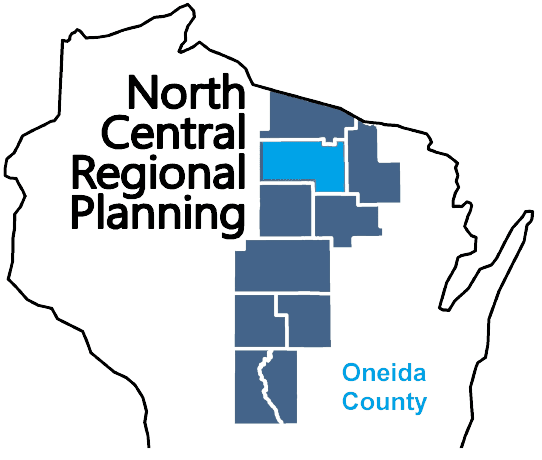
Oneida County is a county located in northern Wisconsin. As of the 2020 census, the population was 37,845. The county seat is Rhinelander. Oneida County was created in 1887 and is named after the Oneida Nation, which is a tribe of the Iroquois Confederacy. The county is known for its many lakes, forests, and outdoor recreational opportunities, including the Oneida County Forest, the Wisconsin River and the Nicolet National Forest. The county is home to the city of Rhinelander, which is the county’s largest city and the regional center for commerce, industry, healthcare, and education. The county also has several small towns and communities, including Three Lakes, Minocqua, and Hazelhurst. The county has a diverse economy, with tourism, manufacturing, and service industries being the main drivers.
Marathon County
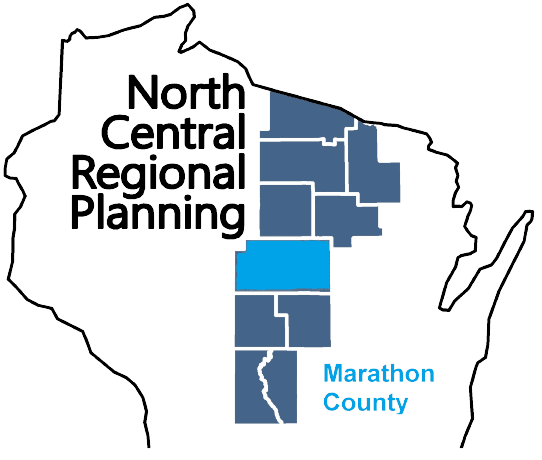
Marathon County is a county located in central Wisconsin. As of the 2020 census, the population was 138,013. The county seat is Wausau. Marathon County was created in 1850 and is named after the Marathon race of ancient Greece. The county is known for its many lakes, rivers, and outdoor recreational opportunities, including the Marathon County Parks, the Eau Claire River, and the Ice Age Trail. The county is home to the city of Wausau, which is the county’s largest city and the regional center for commerce, industry, healthcare, and education. The county also has several small towns and communities, including Mosinee, Rothschild, and Edgar. The county has a diverse economy, with healthcare, manufacturing, and service industries being the main drivers.